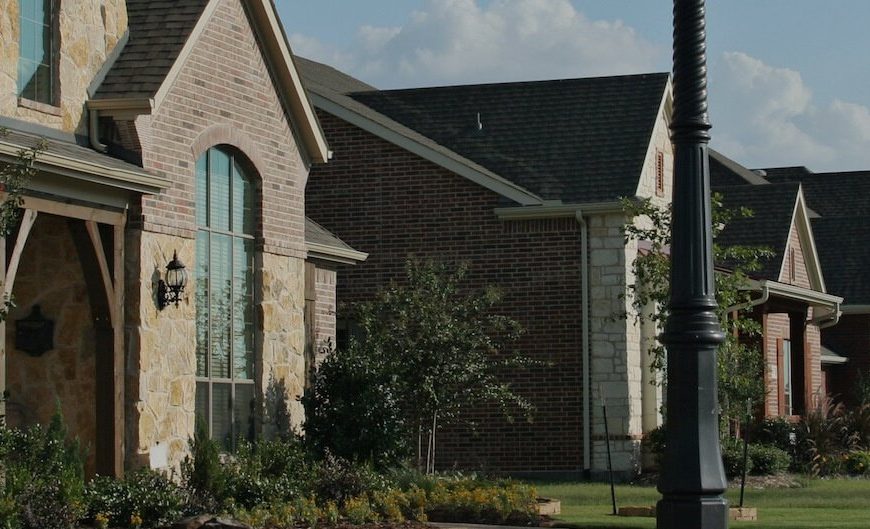Fill out the form below and a Cypress Creek representative will be in touch with you about your pest control needs.
BLOG

How And Why Do Roof Rats Invade Homes, And How Can Homeowners Eliminate Infestations?
Rodent pests are annoying, damaging to property, and they have the potential to be medically harmful to humans. When rodents like house mice, Norway rats or roof rats infest a home, they do a very good job of avoiding humans while also exploiting human food sources and indoor shelter where they remain largely safe from predators and adverse weather conditions. Mice and rats are nocturnal in their natural environment, and this is beneficial to the pests within homes. This is because rodent pests leave their concealed indoor harborages at night in order to seek food sources when sleeping humans are not likely to notice them. However, during the late night and early morning hours, noisy rodent activity within wall voids, ceiling voids, storage areas and attics often annoys residents of infested homes, and this is certainly the case when it comes to most roof rat infestations.
Roof rats are rodent pests that are commonly found in households in the southern states, and they are most abundant along the Gulf Coast. Unlike Norway rats, roof rats are skilled climbers, and they are in the habit of climbing trees and traveling along branches in order to access the upper levels of homes. Roof rats can also climb utility poles and travel along cables in order to gain indoor access through gaps surrounding utility penetrations on the exterior walls of homes. In most infestation cases, roof rats remain within attics until they need to gather food sources during the nighttime hours. Roof rats are known for seeking refuge within attics during heavy storms, especially during floods. For example, two years ago, roof rat infestations became widespread in Houston following Hurricane Harvey, and the number of residential calls concerning infestations overwhelmed extension offices in the area. While nesting within attics, roof rats often damage walls, insulation, wood, and they are known for contaminating stored items with their feces and urine. Worst of all, roof rats instinctively chew on electrical wiring, which has resulted in house fires. Roof rats can enter homes through openings as small as a nickel on exterior walls, and it is not uncommon for the pests to invade homes at the ground level by squeezing beneath door gaps as narrow as ½ an inch. Excluding roof rats from homes by sealing all potential entry points on exterior walls, and installing barriers like door sweeps, and screens on attic vents and crawl space openings are the most effective methods of preventing roof rat infestations.
Have you ever found signs of roof rat activity in your attic?

